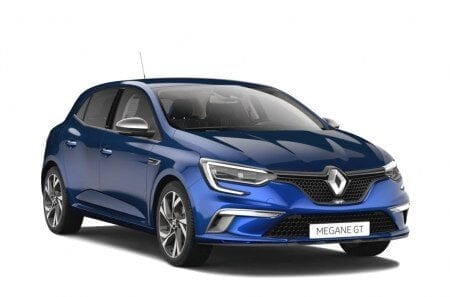
In short: BMW i3 LCI Edition Advanced
For many, the BMW i3 is still a technologically futuristic-minimalist marvel they are not yet used to. The plus is that the i3 had no predecessors, and there was no one to remind. Which, of course, means that it was a complete novelty when it hit the market. But even if it seems so strange to us, we have been between us for almost five years. This is the time when ordinary cars are at least redesigned, if not more.
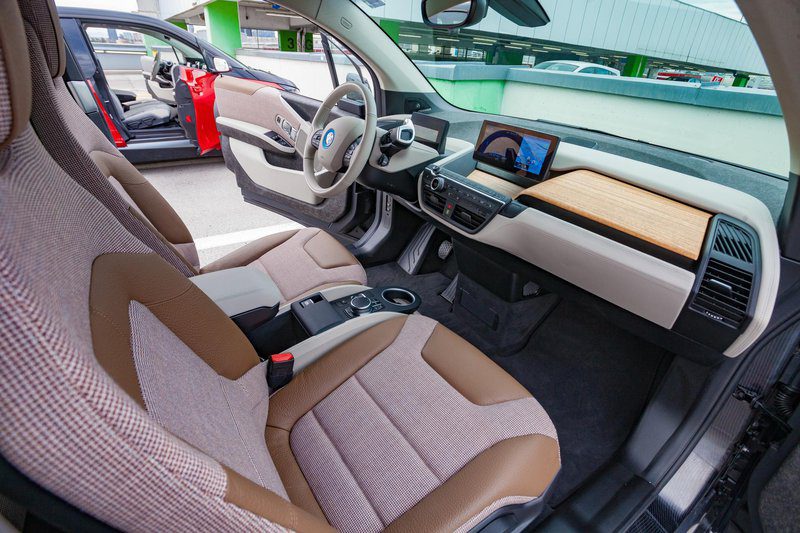
I3 is no exception. Last fall, it was renovated, which, like ordinary cars, had a fairly minimalist design. As a result of the update, a number of safety assistance systems have been increased or expanded, including a system for autonomous driving in traffic jams. But this applies only to highways and speeds up to 60 kilometers per hour. Upgraded, and probably most welcome (especially for the inexperienced EV driver), is BMW i connectedDrive, which communicates with the driver via a navigation device or shows chargers around the car. They are necessary for the driver of an electric car if he is going on a long journey.
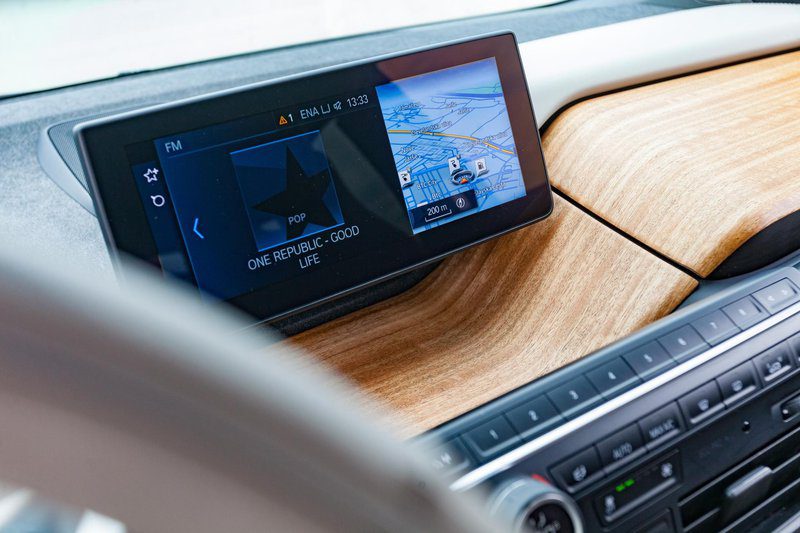
True, in the case of the BMW i3, this should be a very long time. I confess that until now I have avoided electric cars for long distances, but this time it was different. I consciously decided not to be a coward and decided to give the i3 a try. And it was one after the other, which meant almost three weeks of electric pleasures. Well, I admit it wasn't all about pleasure at first. Constantly looking at the counter is a tiring task. Not because I was keeping an eye on the speed of the car (although it is necessary!), but because I was monitoring the consumption or discharge of the battery (which otherwise remains at 33 kilowatts). All this time, I mentally counted the miles traveled and the promised flight range. A few days later, I discovered that there was nothing left of such a trip. I switched the onboard computer to a battery status display, which I focused on more than just the data showing how many miles still could be driven. The latter can change quickly, with a few quick accelerations the computer quickly figures out that this drains the battery significantly and that the power supply will result in less mileage. Conversely, the battery drains much less instantly, and the driver also gets used to it more easily or calculates in his head what percentage he has used and how much is still available. Also, in an electric car, it's generally better to calculate how many miles you've driven based on battery health rather than focusing on trip computer calculations. Last but not least, you know where the path will take you and how fast you will go, not the trip computer.
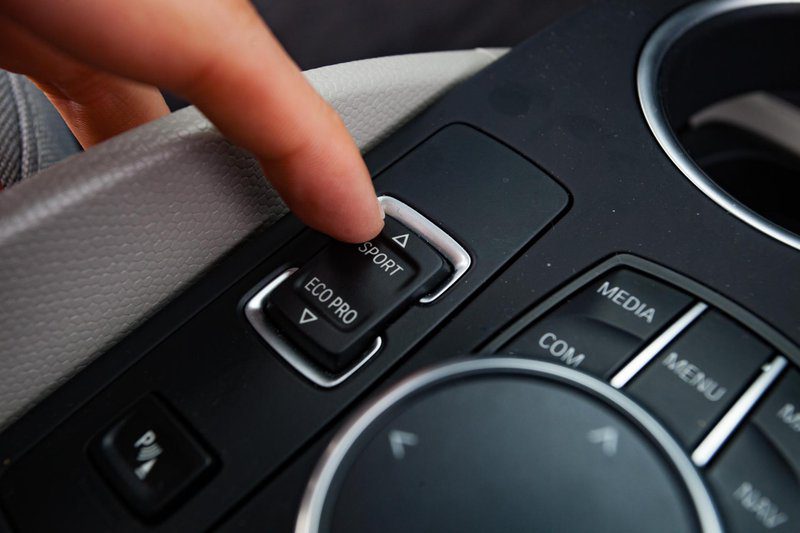
But to conclude that this is indeed the case, it took a big circle after our adultery in Slovenia. In principle, there would not be enough electricity on the Ljubljana-Maribor highway. Especially if he's on the highway. Speed is, of course, the main enemy of a battery. There are, of course, other local roads. And it was a real pleasure to ride them. An empty road, the silence of the car and hard accelerations when it was necessary to overtake some (slow) local. The battery discharged very slowly, and the calculation showed that it was possible to drive very far. This was followed by a driving test on the track. This, as has been said and proven, is the enemy of the electric car. As soon as you drive on the highway, when you change the driving program from economy to comfort (or in the case of i3s to sport), the estimated kilometers that you can drive instantly are reduced. Then you drive back to the local road and the miles come back again. And this confirms the thesis about the meaninglessness of viewing the on-board computer. The percentage of battery charge is taken into account. To empty it to a good quarter (more, I confess, I did not dare), again it took a little drive along the highway. The closer I got to the quick gas pump, the more a smile appeared on my face. The trip was no longer stressful but was actually a lot of fun. At the gas station, I drove to the fast charging station, where, fortunately, it was lonely. You attach a payment card, connect the cable and charge. In the meantime, I jumped in for coffee, checked my email, and walked to my car half an hour later. The coffee was definitely too long, the battery was almost fully charged, which was more than too much for the trip from Celje to Ljubljana.

The usual circle only confirmed the conclusions. With a calm and smart ride, you can easily drive 3 on the i200, and with little effort or bypassing the highway, even at a distance of 250 kilometers. Of course, a full battery is required and therefore access to a home outlet. If you charge regularly, you always drive with a fully charged battery in the morning (an empty battery can be charged to about 70 percent in three hours), so even a discharged battery can easily be recharged overnight from a regular 220V outlet. Of course, there are dilemmas as well. We need time to charge and, of course, access to a charging station or outlet. Okay, I have a garage and a roof, and on the road or outside, in rainy weather, it will be difficult to remove the charging cable from the trunk. Relying on fast charging is a little risky too. The one that is close to me is very fast in BTC Ljubljana, which is the result of a collaboration between BTC, Petrol and BMW. Ah, look at the fraction, the app showed it to be free when I got there, and there (oddly enough) two BMWs were parked; otherwise plug-in hybrids that did not charge. I have a discharged battery, and they are with fuel in the tank? Equitable?

BMW i3s
If the battery is fully charged, the i3s can be a damn fast machine. Compared to the regular i3, the engine offers 10 kilowatts more, meaning 184 horsepower and 270 Newton meters of torque. It accelerates from standstill to 60 kilometers per hour in just 3,7 seconds, to 100 kilometers per hour in 6,9 seconds, and the top speed is also 10 kilometers per hour higher. Acceleration is really instantaneous and looks pretty wild on the road with dynamic acceleration almost unrealistic for other riders. The i3s differs from the regular i3 by lower bodywork and an elongated front bumper with a high-gloss finish. The wheels are bigger too - the black aluminum rims are 20-inch (but still ridiculously narrow for many) and the track is wider. Technologies and systems have been improved or improved, especially the Drive Slip Control (ASC) system, and the Dynamic Traction Control (DTC) system has also been improved.
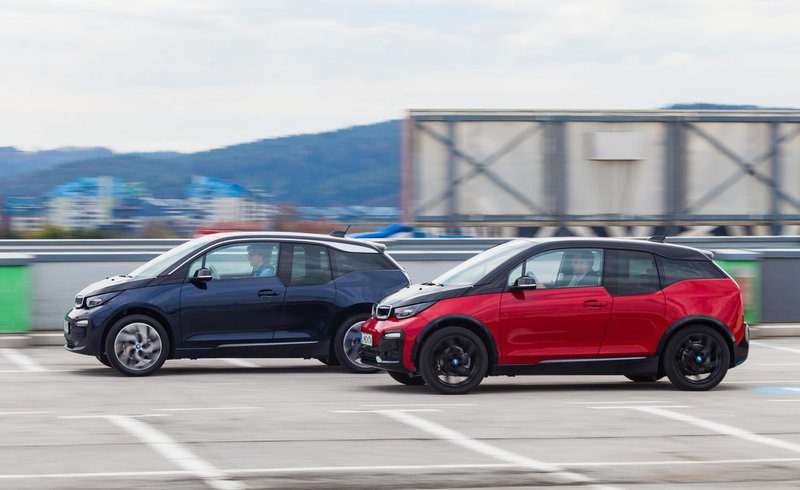
BMW i3 LCI Edition Extended
Basic data
| Test model cost: | 50.426 € |
|---|---|
| Base model price with discounts: | 39.650 € |
| Test model price discount: | 50.426 € |
Cost (up to 100.000 km or five years)
Technical information
| engine: | electric motor - maximum power 125 kW (170 hp) - continuous output 75 kW (102 hp) at 4.800 rpm - maximum torque 250 Nm from 0 / min |
|---|---|
| Battery: | Lithium Ion - 353 V nominal - 33,2 kWh (27,2 kWh net) |
| Energy transfer: | the engine drives the rear wheels - automatic transmission 1-speed - tires 155/70 R 19 |
| Capacity: | top speed 150 km/h - 0-100 km/h acceleration 7,3 s - energy consumption (ECE) 13,1 kWh / 100 km - electric range (ECE) 300 km - battery charging time 39 min (50 kW ), 11 h (10 A / 240 V) |
| Mass: | empty vehicle 1.245 kg - permissible total weight 1.670 kg |
| External dimensions: | length 4.011 mm - width 1.775 mm - height 1.598 mm - wheelbase 2.570 mm |
| Box: | 260-1.100 l |
